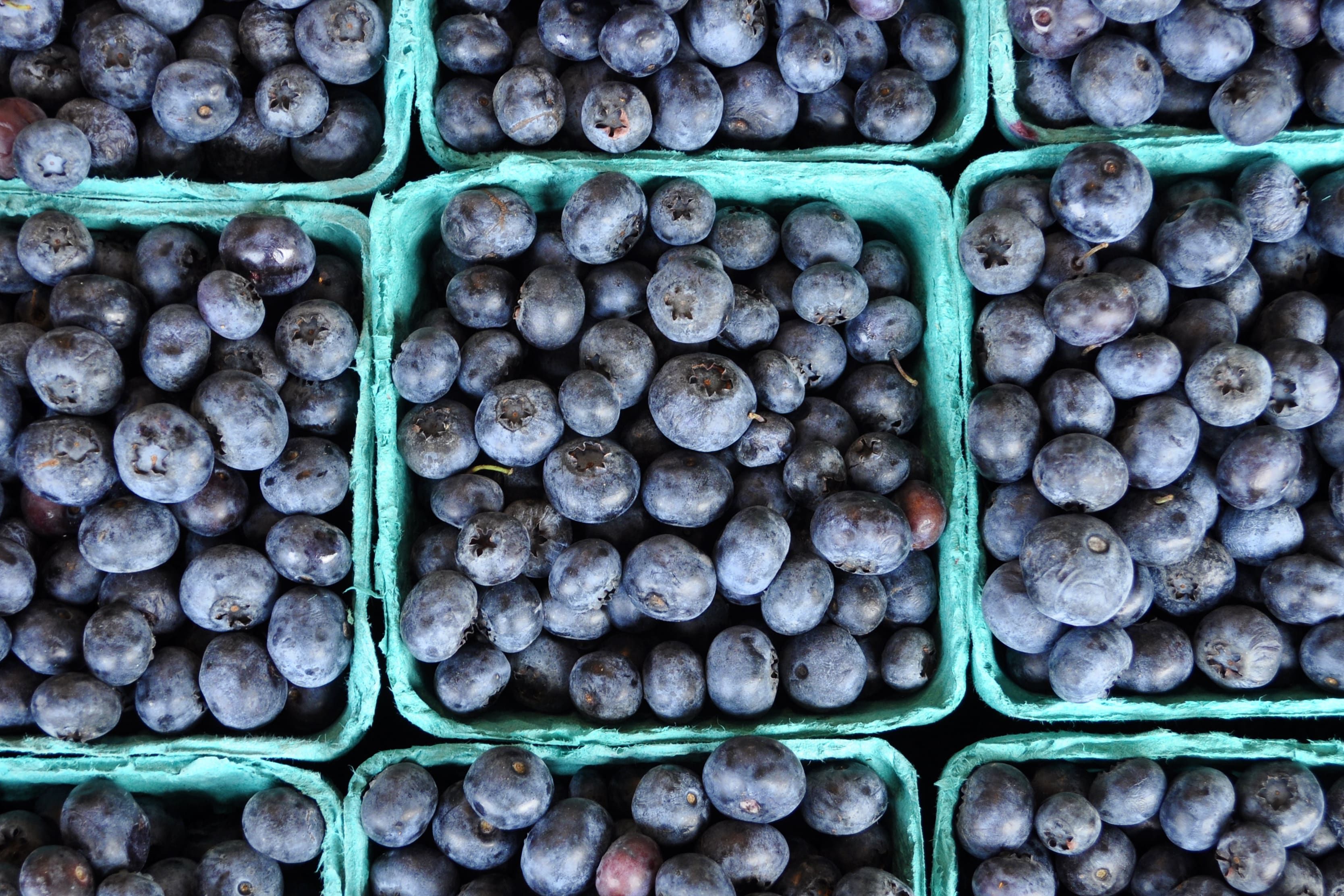The Mango's Deep Roots in America Started in Manatee County

Image: ALEAIMAGE/iStock.com
In certain academic circles, there’s a fierce debate over which fruit Eve gave Adam in the Garden of Eden. The King James Bible asserted it was an apple. Rabbis have claimed it was a grape turned into boozy wine, while other scholars have argued it was likely more regional fruit like pomegranates, figs or tamarinds. But there is only one fruit worth getting kicked out of paradise for: the mango.
And that time has come. It’s July in Southwest Florida—a month covered in sun and heat and emptied of tourists and snowbirds, but full of mangoes, our prolific but finicky fruits. While some trees bent heavy with fruit last year, 2024 was considered a poor harvest because of our unusually wet winter. Whether this season is bountiful depends on many factors, including where the trees are located.
Fortunately, the Sarasota-Manatee region’s unique microclimate is well suited to many mango varieties. That’s why, more than 140 years ago, some of the first mango trees in America were established in Bradenton. In the early 1880s, a nurseryman man named Pliny Ward Reasoner (who the Florida Agricultural Hall of Fame credits for introducing many tropical and ornamental plants to the state, even though he died of yellow fever at age 25) traveled along Cuba’s coast collecting mangoes and brought them back to Manatee County.
Muaaz Hassan, a local mango grower and member of the Manatee Rare Fruit Council, says, “Manatee County is one of the ground zeroes for America’s initial mango industry.” He and his mango enthusiast gang spend each early summer driving around town collecting fruits from the legacy mango trees and also take rootstock to cultivate more modern mango varietals. One tree, located in a residential back yard just south of the Manatee River, is about five feet in diameter and more than 100 years old. “It gives you a lot of insight, visiting these trees every year,” Hassan says. “If an old tree is doing well, you can get a summary of what this year’s production is going to be like.” This year might suffer from all the hurricanes we had last fall, because the trees are still convalescing.
You can find vestiges of this mango legacy if you know where to look. Established urban neighborhoods like downtown Bradenton and Newtown in Sarasota had mighty old trees that survived past freezes and escaped developers’ clear-cutting. The Mango Cottage in Palma Sola Bay, an “authentic/updated” Florida cottage, which is now a full-time Airbnb, boasts a photo-worthy, century-old mango tree in its back yard, although there are more pictures of its bone white interior aesthetic than the tree itself.
Where is it best to grow mangoes in our region?
The closer to the coast, the better. You won’t find many mango trees in the center of Florida. The fruit prefers conditions provided by coastal climates because Gulf waters provide airflow and less humidity. Hassan’s food forest is off S.R. 70, a mile west of the interstate. “I’m borderline, where west becomes east in terms of growing standards,” he says. Inland mango growers face more challenging conditions from diseases and fungal issues. Hassan says the two most significant blights that affect our mangoes are powdery mildew, which looks like a dusting of snow on leaves and shoots, and anthracnose, a black fungus that rots the fruit.
Cold is also an enemy of the mango, and Hassan says that a handful of big freezes in the 1970s wiped out a majority of the area’s trees. Commercial mango growers headed to Pine Island and the Fort Myers region as a more suitable climate for the tropical fruit. But that has been changing in the last couple of decades. As the climate warms, the Sarasota-Manatee area’s microclimate is getting better for mango production. Jonathan Crane, the associate center director of the University of Florida’s Tropical Research and Education Center, explained in a recent lecture for the rare fruit council that there is a renewed interest in subtropical fruit production in our area because we aren’t getting any more freezes, and that trend is likely to continue.
For backyard enthusiasts, Hassan also offers this tip: “Full sun is a big consideration with mangoes. Sunlight gives the fruit its sweetness, how many fruits you get and its color.” For this, you want to give the mango tree ample space and trim it accordingly so that sunlight can penetrate the canopy.
There’s another reason to eat mangoes. They might save the world. Scientists say mango trees consume considerably more carbon dioxide than they produce.

Mangoes That Thrive Here
Pickering
Very sweet with coconut undertones.
Peak season: June-July.
Cotton Candy
Extremely sweet (too sweet for some), robust flavor.
Peak season: July-August.
Fruit Punch Medley
Includes lemon, pineapple and green grape flavors.
Peak season: Late May-June.
Angie
Sweet, fiberless flesh with notes of stone fruit, rich spices.
Peak season: May-July.
Sweet Tart
Considered one of the best mangoes around. Explodes with flavor, richness and complexity.
Peak season: July-August.
Maha Chanok
Floral and sweet with an addition of tartness that makes it different from other popular Thai mangos like the Nam Doc Mai.
Peak season: Late June-July.
National Mango Day
If you need one more reason to celebrate mangoes, mark your calendars for July 22, National Mango Day. Start your day with a healthy Lido Sunset smoothie from Green Zebra (made with mangoes, strawberries and banana); try a mango gazpacho for lunch at Toasted Mango; and then grab a famous rum mango daiquiri from Mar Vista on Longboat Key.



